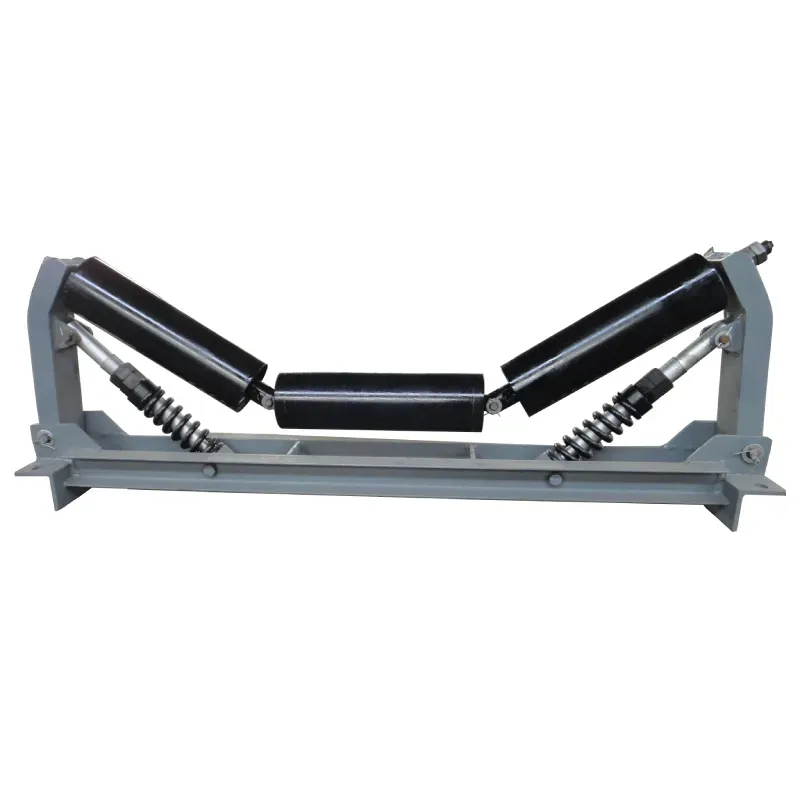 Afrikaans
Afrikaans  Albanian
Albanian  Amharic
Amharic  Arabic
Arabic  Armenian
Armenian  Azerbaijani
Azerbaijani  Basque
Basque  Belarusian
Belarusian  Bengali
Bengali  Bosnian
Bosnian  Bulgarian
Bulgarian  Catalan
Catalan  Cebuano
Cebuano  Corsican
Corsican  Croatian
Croatian  Czech
Czech  Danish
Danish  Dutch
Dutch  English
English  Esperanto
Esperanto  Estonian
Estonian  Finnish
Finnish  French
French  Frisian
Frisian  Galician
Galician  Georgian
Georgian  German
German  Greek
Greek  Gujarati
Gujarati  Haitian Creole
Haitian Creole  hausa
hausa  hawaiian
hawaiian  Hebrew
Hebrew  Hindi
Hindi  Miao
Miao  Hungarian
Hungarian  Icelandic
Icelandic  igbo
igbo  Indonesian
Indonesian  irish
irish  Italian
Italian  Japanese
Japanese  Javanese
Javanese  Kannada
Kannada  kazakh
kazakh  Khmer
Khmer  Rwandese
Rwandese  Korean
Korean  Kurdish
Kurdish  Kyrgyz
Kyrgyz  Lao
Lao  Latin
Latin  Latvian
Latvian  Lithuanian
Lithuanian  Luxembourgish
Luxembourgish  Macedonian
Macedonian  Malgashi
Malgashi  Malay
Malay  Malayalam
Malayalam  Maltese
Maltese  Maori
Maori  Marathi
Marathi  Mongolian
Mongolian  Myanmar
Myanmar  Nepali
Nepali  Norwegian
Norwegian  Norwegian
Norwegian  Occitan
Occitan  Pashto
Pashto  Persian
Persian  Polish
Polish  Portuguese
Portuguese  Punjabi
Punjabi  Romanian
Romanian  Russian
Russian  Samoan
Samoan  Scottish Gaelic
Scottish Gaelic  Serbian
Serbian  Sesotho
Sesotho  Shona
Shona  Sindhi
Sindhi  Sinhala
Sinhala  Slovak
Slovak  Slovenian
Slovenian  Somali
Somali  Spanish
Spanish  Sundanese
Sundanese  Swahili
Swahili  Swedish
Swedish  Tagalog
Tagalog  Tajik
Tajik  Tamil
Tamil  Tatar
Tatar  Telugu
Telugu  Thai
Thai  Turkish
Turkish  Turkmen
Turkmen  Ukrainian
Ukrainian  Urdu
Urdu  Uighur
Uighur  Uzbek
Uzbek  Vietnamese
Vietnamese  Welsh
Welsh  Bantu
Bantu  Yiddish
Yiddish  Yoruba
Yoruba  Zulu
Zulu Mar . 06, 2025 12:50
Back to list
snub roller
In the world of conveyor systems, optimal performance and efficiency are paramount. One critical component that often goes unnoticed but plays a significant role is the snub roller. Understanding the importance and application of snub rollers can differentiate between a well-oiled machine and a system that encounters frequent disruptions.
The role of the snub roller extends beyond mere functional assistance; it is also crucial in enhancing the safety of conveyor operations. Proper gripping and traction prevent sudden belt movements that could pose safety hazards to personnel, aligning with workplace safety standards and regulations. Experience from seasoned conveyor technicians reveals that regular inspection and maintenance of snub rollers are indispensable. Routine checks can identify signs of wear before they escalate into serious issues. Technicians recommend periodic replacement of the snub roller coverings, especially in high-friction environments, to maintain performance efficiency and prolong the lifespan of the conveyor system. Incorporating cutting-edge technology into snub roller design, some manufacturers have begun to offer self-cleaning rollers that prevent material build-up, which is a common issue in traditional systems. These innovative solutions signify the evolving nature of conveyor technology, providing businesses with opportunities to optimize their material handling processes further. For any industry reliant on conveyor systems, the investment in high-quality snub rollers is a testament to a commitment to operational excellence. As businesses strive to improve productivity and reduce operational bottlenecks, snub rollers stand out as a pivotal component that ensures the seamless conveyance of materials. Conveyor snub rollers are far more than ancillary components; they are cornerstones in the infrastructure of efficient conveyor systems. Emphasizing their importance and maintaining them with expert precision can yield substantial benefits, including increased productivity, enhanced safety, and significant cost savings. For businesses seeking to remain competitive and operationally sound, prioritizing the components that allow conveyor systems to function at their peak is not just advisable—it is essential.


The role of the snub roller extends beyond mere functional assistance; it is also crucial in enhancing the safety of conveyor operations. Proper gripping and traction prevent sudden belt movements that could pose safety hazards to personnel, aligning with workplace safety standards and regulations. Experience from seasoned conveyor technicians reveals that regular inspection and maintenance of snub rollers are indispensable. Routine checks can identify signs of wear before they escalate into serious issues. Technicians recommend periodic replacement of the snub roller coverings, especially in high-friction environments, to maintain performance efficiency and prolong the lifespan of the conveyor system. Incorporating cutting-edge technology into snub roller design, some manufacturers have begun to offer self-cleaning rollers that prevent material build-up, which is a common issue in traditional systems. These innovative solutions signify the evolving nature of conveyor technology, providing businesses with opportunities to optimize their material handling processes further. For any industry reliant on conveyor systems, the investment in high-quality snub rollers is a testament to a commitment to operational excellence. As businesses strive to improve productivity and reduce operational bottlenecks, snub rollers stand out as a pivotal component that ensures the seamless conveyance of materials. Conveyor snub rollers are far more than ancillary components; they are cornerstones in the infrastructure of efficient conveyor systems. Emphasizing their importance and maintaining them with expert precision can yield substantial benefits, including increased productivity, enhanced safety, and significant cost savings. For businesses seeking to remain competitive and operationally sound, prioritizing the components that allow conveyor systems to function at their peak is not just advisable—it is essential.
Next:
Latest news
-
Revolutionizing Conveyor Reliability with Advanced Rubber Lagging PulleysNewsJul.22,2025
-
Powering Precision and Durability with Expert Manufacturers of Conveyor ComponentsNewsJul.22,2025
-
Optimizing Conveyor Systems with Advanced Conveyor AccessoriesNewsJul.22,2025
-
Maximize Conveyor Efficiency with Quality Conveyor Idler PulleysNewsJul.22,2025
-
Future-Proof Your Conveyor System with High-Performance Polyurethane RollerNewsJul.22,2025
-
Driving Efficiency Forward with Quality Idlers and RollersNewsJul.22,2025
OUR PRODUCTS





























